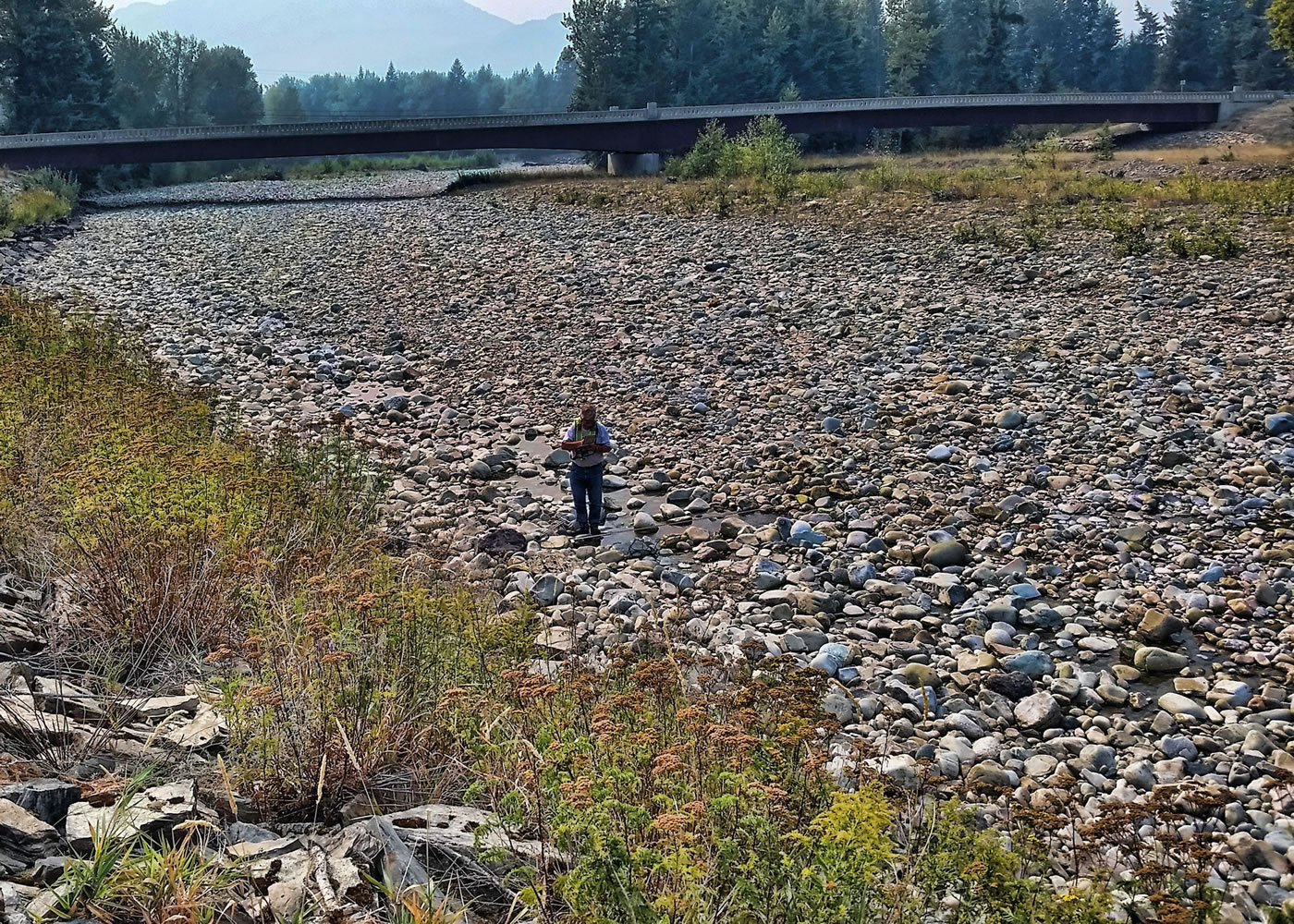BOISE, Idaho — Federal scientists are conducting a low-flow stream study in six Western states in an attempt to gain insights that could help resource managers better allocate scarce water supplies during future droughts.
U.S. Geological Survey workers are measuring flows and temperatures through September in nearly 500 streams mostly in upper tributaries in Idaho, California, Nevada, Oregon, Utah and Washington.
The report could ultimately be used for everything from deciding how much water to release from dams, how many cattle to allow on grazing allotments, how much water will be available for farmers in irrigation districts and decisions about rivers that contain fish protected under the Endangered Species Act.
“If water managers can understand which streams are most vulnerable it helps them target efforts for drought relief,” said Chris Konrad, a research hydrologist with the federal agency and the study’s project chief.



